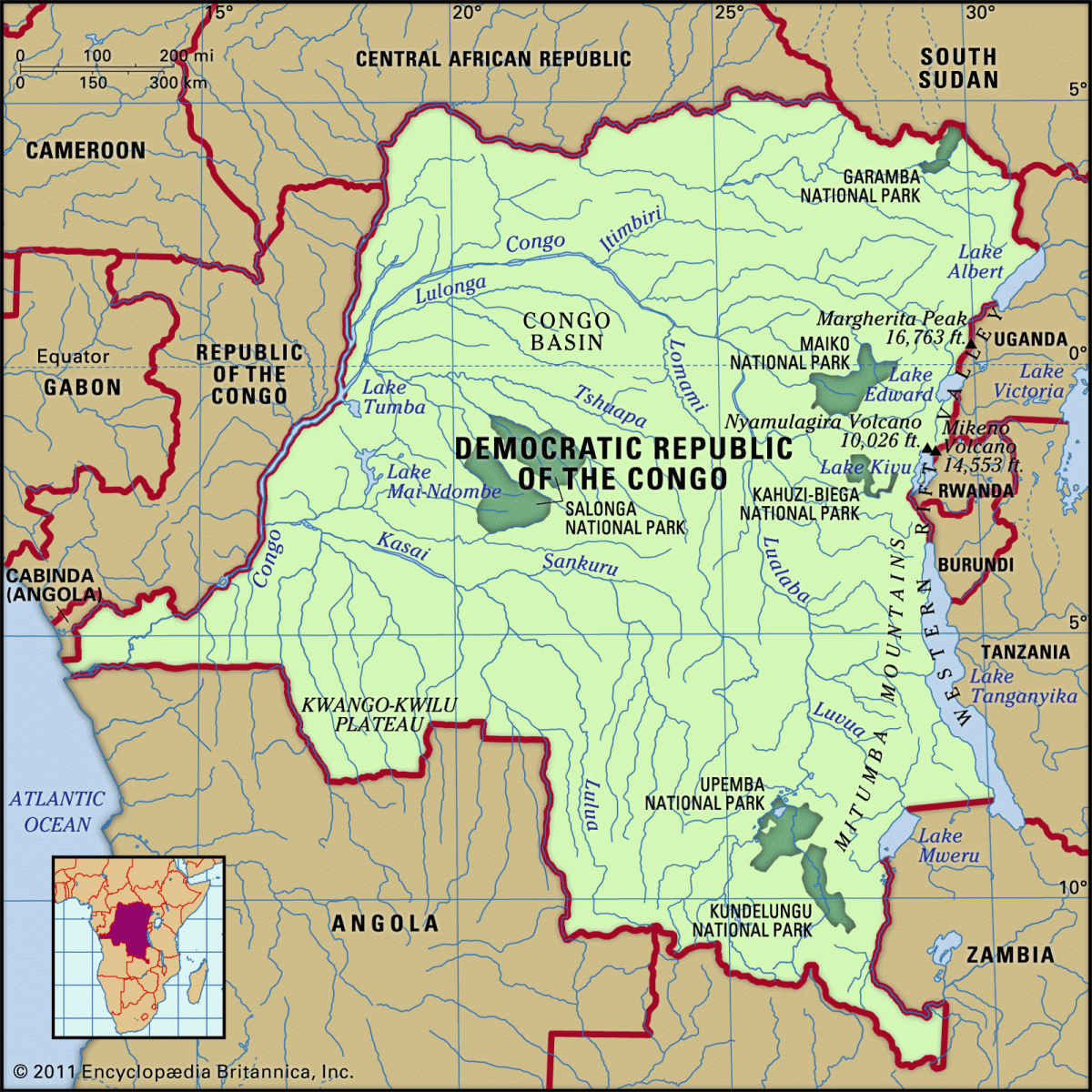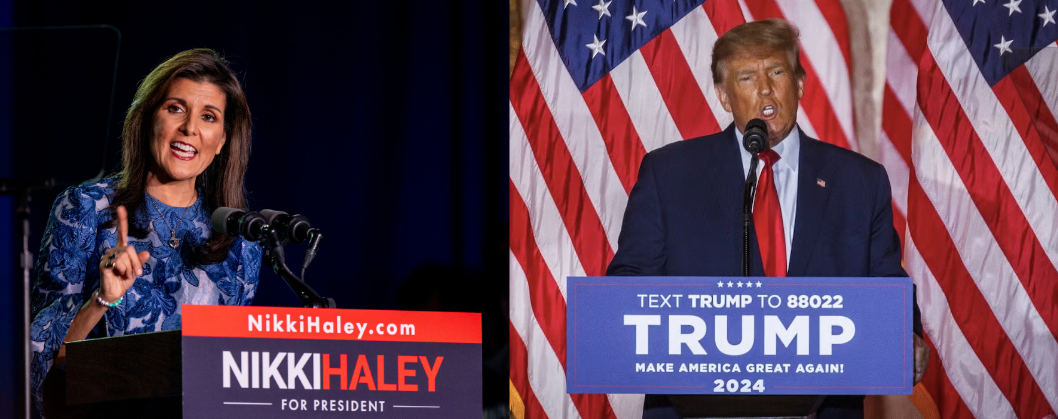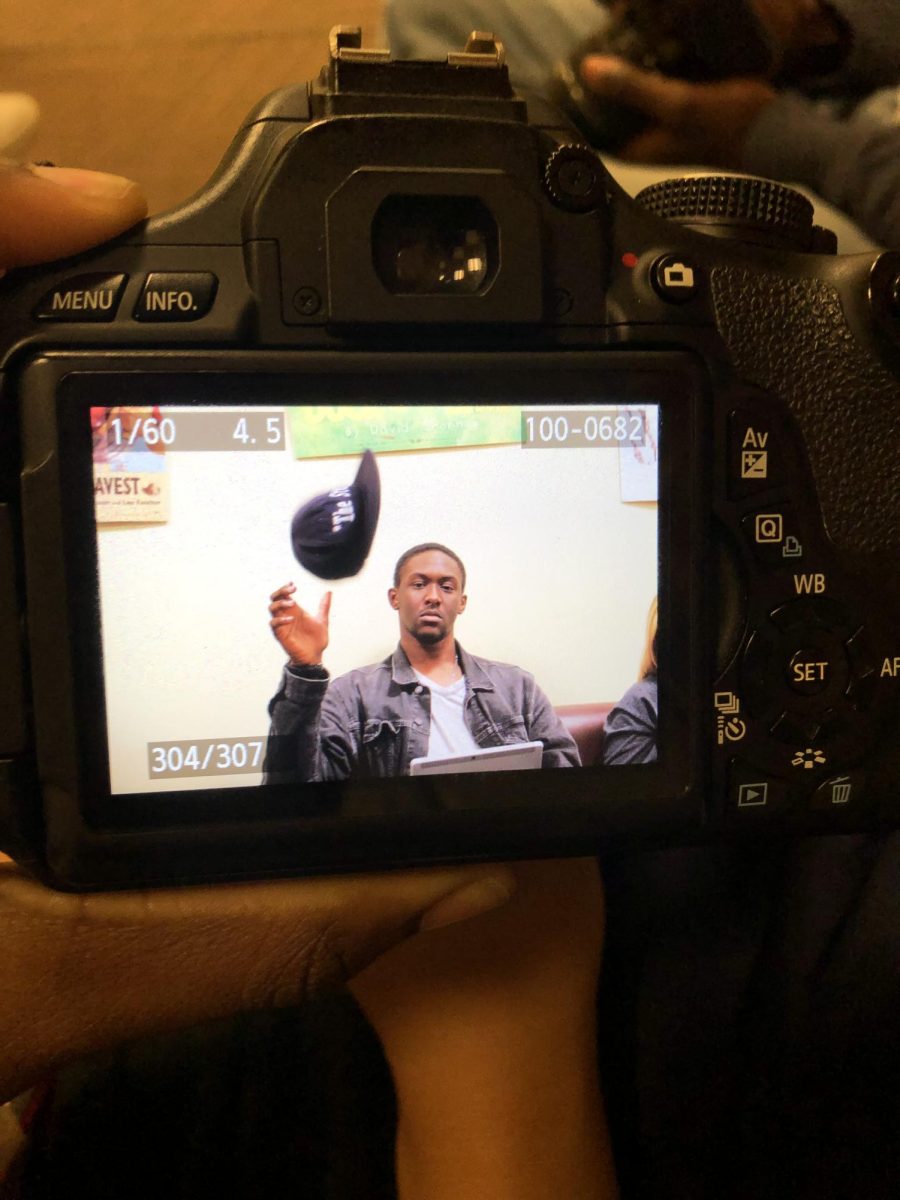Update on the Russia-Ukraine War
April 20, 2023
Nearly one year ago, on February 24, 2022, Russia launched a planned invasion of Ukraine with hopes of gaining control of the neighboring Eastern European nation. Russian President Vladimir Putin and Moscow’s Kremlin have long believed this would enable Russia to become a world leader. Russian forces initially focused on seizing the Crimean Peninsula, a part of Ukrainian territory, as well as major Ukrainian cities, including Bryansk, Chernihiv, and the capital Kyiv.
Over the past 12 months, the war has devastated Ukraine and further isolated Russia from the West. Here are the latest updates:
- In late December, Ukrainian President Volodymyr Zelensky made a surprise visit to the United States. This was the first time he’d left Ukraine since Russia attacked. While in Washington, DC, President Zelensky met with President Joe Biden and spoke to Congress. One essential agreement reached was that the U.S. would send Ukraine its best air defense system, the Patriot. This missile system is expected to help Ukraine better defend itself against Russia’s constant missile attacks.
- On February 3, the 24th EU-Ukraine Summit was held in Kyiv. During this meeting, the European Union strongly condemned the war and discussed strategies to further support Ukraine and increase collective pressure on Russia to end its war and withdraw its troops. (Council of the European Union, 2/3/23).
- The summit occurred as Russian troops stood poised to seize control over the city of Bakhmut, close to securing their first substantial victory in months. This is a significant setback for Ukraine, bracing for a powerful new Russian offensive. At the meeting, Zelensky said, “If the delivery of weapons, namely long-range weapons, is accelerated, not only will we not retreat from Bakhmut, we will begin to de-occupy Donbas, which has been occupied since 2014.” (Washington Post, 2/3/23)
- Ukraine has been a candidate to join the European Union since June 2022. At the EU-Ukraine summit, Zelensky firmly reiterated his country’s desire to be fast-tracked for membership. Despite the dire circumstances, E.U. officials warned that before this can occur, Ukraine must implement multiple reforms, especially those involving the elimination of corruption. (The Economist, 2/4/2023)
- On February 3, the White House approved additional aid for Ukraine, ensuring $425 million in immediate weapons transfers from U.S. stocks and $1.75 billion in funds to procure new capabilities. (CNBC, 2/3/2023)
- European Union leaders announced a $25 million effort to support the removal of deadly land mines. They also pledged to create a new center in The Hague to coordinate investigations into the crime of aggression by Russia against Ukraine. (Washington Post, 2/3/2023)
- As of January 2023, the Office of the United Nations High Commissioner for Human Rights (OHCHR) verified over 7100 civilian deaths in Ukraine during the war, including 438 children. (United Nations, 1/30/23)
- The war has created a humanitarian crisis, as thousands of Ukrainians have fled their country. Nearly 8 million border crossings have been reported, with neighboring Poland receiving the largest influx of refugees. (U.N. Refugee Agency, 1/6/23)
- In January, the International Olympic Committee announced its decision to consider allowing Russian and Belarusian athletes to compete in the upcoming 2024 Olympic Games in Paris. According to Poland’s Sport Minister Kamil Bortnick, if this decision is not reversed, as many as 40 countries, including the United States, the U.K., and Canada could boycott these Games.


































